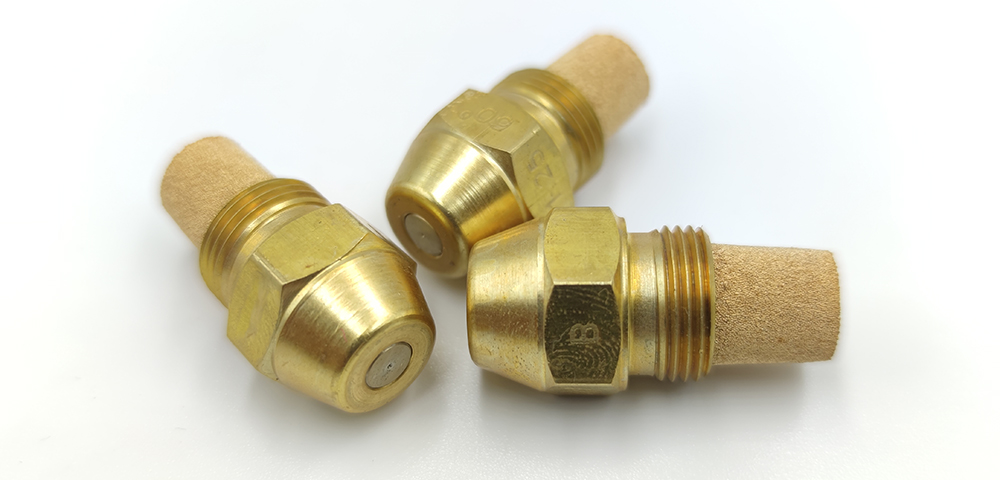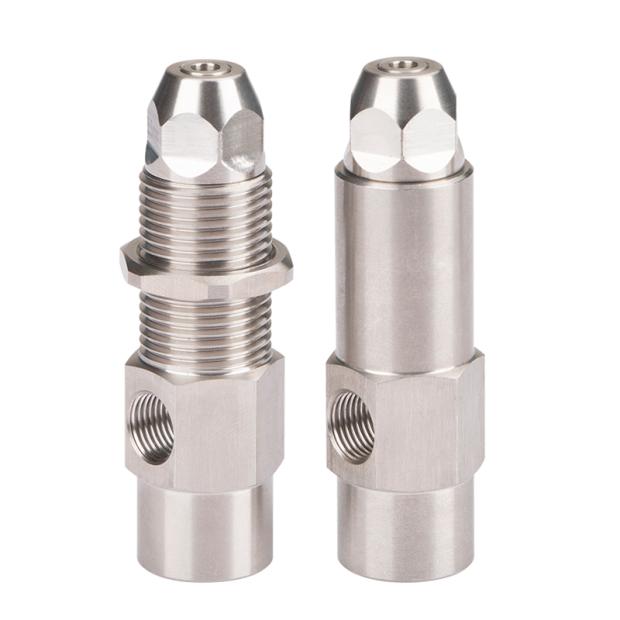- 01
- Sep
Oil burner nozzle types
The working principle of the fuel nozzle is to atomize and inject liquid fuel, ignite the fuel through the ignition device, achieve the effect of continuous combustion, and heat the boiler and other equipment. The combustion efficiency is closely related to the atomization effect. Generally speaking, spray particles The smaller the diameter, the more uniform the average particle size, and the more conducive to full combustion.If the spray particle size is too large, insufficient combustion will occur, resulting in waste of fuel and excessive exhaust emissions.
We have two types of fuel nozzles. The first is a nozzle driven by a high-pressure fuel pump. The fuel pump pumps liquid fuel into the nozzle, rotates and accelerates it through the nozzle, and then sprays it out in the form of mist for full combustion. This kind of nozzle has a relatively simple working principle.Because the spray hole of the nozzle is small, we have installed a filter device on the nozzle to effectively prevent the nozzle from clogging.

The working principle of another nozzle is to atomize the liquid fuel by compressed gas and then spray it out. This nozzle can produce small and uniform droplets. Compared with the nozzle in the above picture, the difference is atomization. The large amount is not easy to block, and the large amount of atomization means that it has a larger combustion range.

Another advantage of this nozzle is that by incorporating combustion-supporting gas (such as oxygen, hydrogen, etc.) into the compressed gas, it will greatly improve the combustion efficiency and further reduce emission pollution.
For more technical information about burner nozzles, and to get the lowest nozzle quotation, please feel free to contact us.
